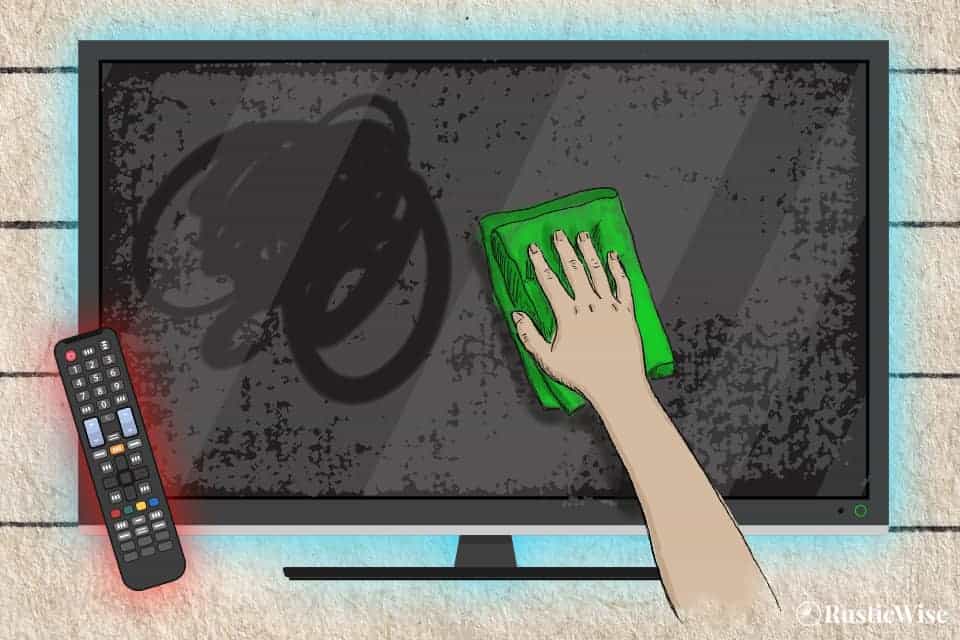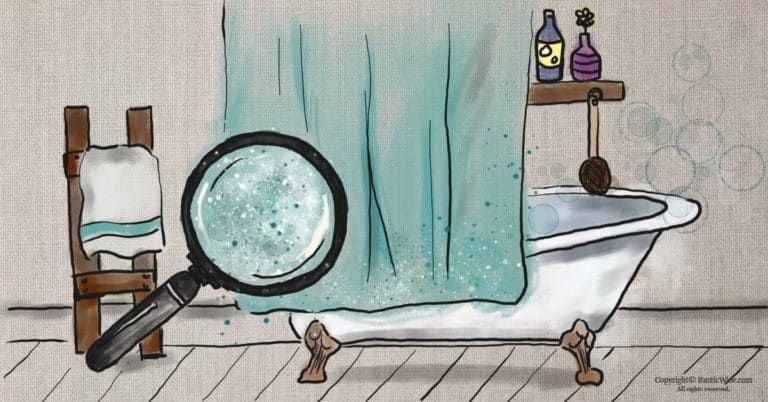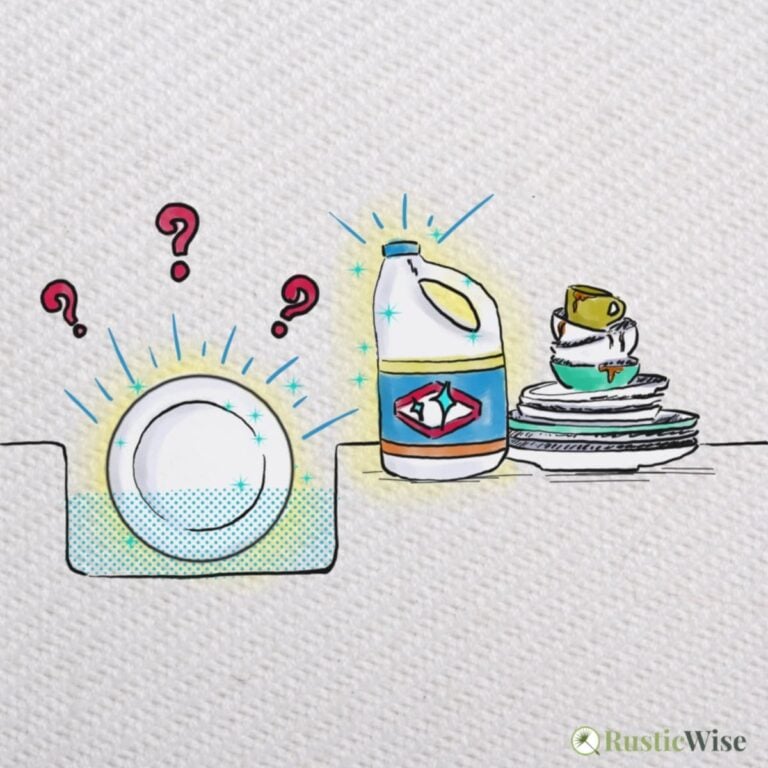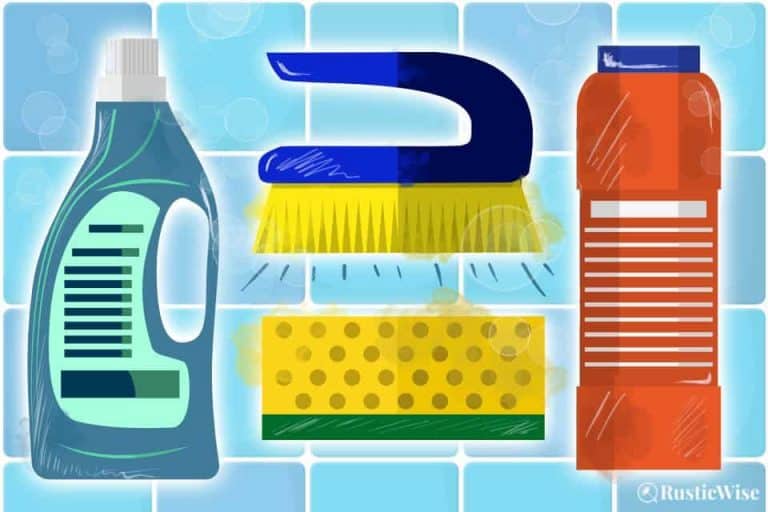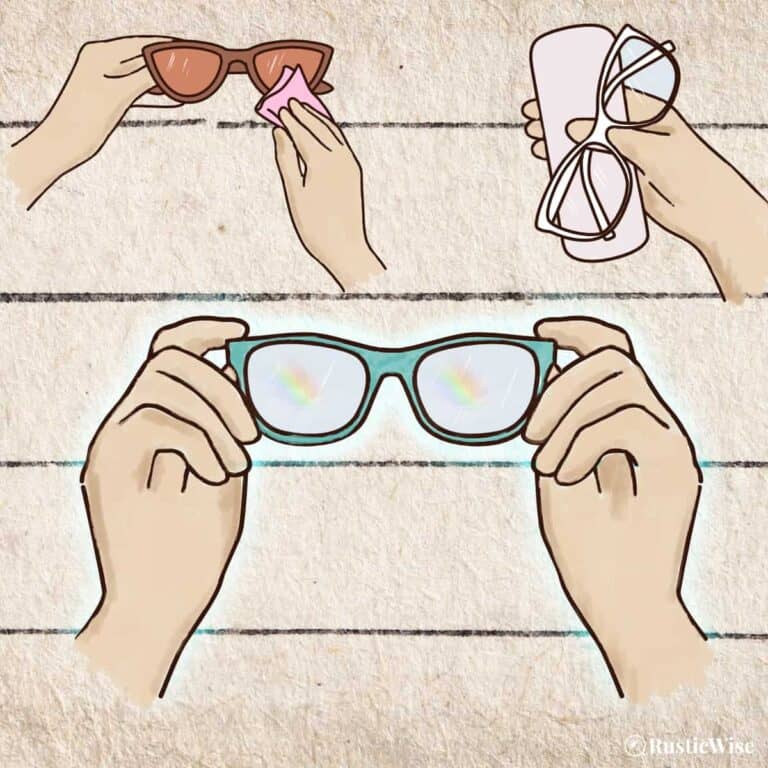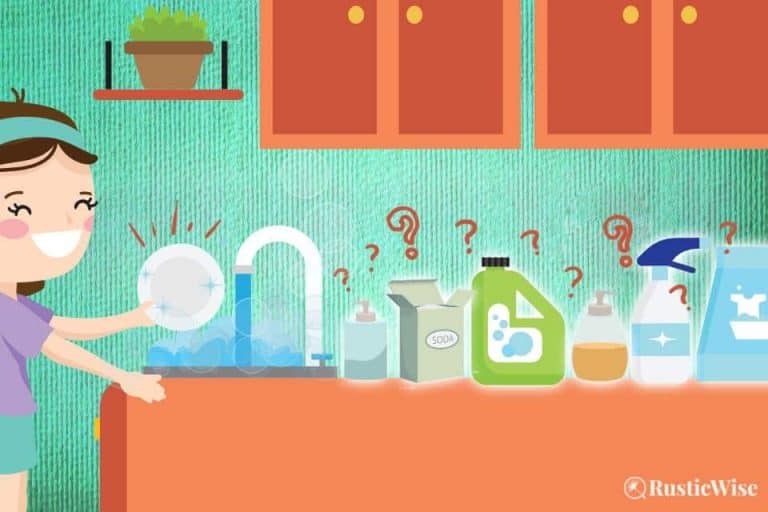How To Clean a Flat-screen TV: 7 Best Tips for Streak-free Screens
If you focus more on the streaks, specks of dust, or grimy fingerprints on your television screen than the actual show you’re watching, it’s time for a cleaning.
Sure, you know how to dust and wipe, but your television screen is an integral piece of technology in your home that you don’t want to damage. If you’re wondering how to clean a flat-screen TV properly, the best way to clean your screen is with a clean, and dry microfiber cloth.
We’ve rounded up a few handy tips to get you an easy, streak-free screen, whether you have an LED, LCD, or OLED TV. Keep reading for 7 tips on how to get that screen sparkling clean.
Why you need to tread lightly when cleaning flat-screen TVs
Modern flat-screen TVs are made of glass sheets, or panels. So many people assume that using a regular glass cleaner works fine for cleaning TVs. Not so fast.
Flat-screens are much more sensitive to pressure than the average glass window, for example.
This is because the sheets of glass are imbued with technology that allows the screen to display images.
In the case of flat liquid crystal display (LCD) screens, LED (light-emitting diode) screens, or organic light-emitting diode (OLED) screens, pressing too hard while cleaning may cause scratches, or pixilation. You may notice black squares popping up from damaged areas.
Other plasma TV screens may have an anti-glare finish which can get damaged with harsh cleaners.
The takeaway: While flat-screen TVs are made of glass, they are more delicate and prone to damage than other glass objects. Tread lightly!
What is NOT safe to use on flat-screen TVs?
Now that you know the importance of going easy when cleaning a flat-screen television, let’s talk about what cleaning supplies and products to avoid.
- Avoid paper towels, or linty towels: Paper towels can scratch your screen. Linty old towels will make your life miserable, so avoid any type of abrasive or linty cleaning cloth.
- Avoid harsh chemical glass or multi-purpose cleaners: Some cleaning products may lead to permanent damage to your anti-glare coating. So, it’s best to avoid harsh chemical cleaners, especially those containing ammonia. (Windex is a common household glass cleaner that contains ammonia, so don’t even think about touching that bottle!) Other ingredients to watch for are acetone, and alcohol-based ingredients (isopropyl alcohol is fine though!).
Sony issues the following warning when cleaning flat-screens:¹
“There’s a risk of hardware damage. Don’t use any type of spray window cleaner, abrasive pad, paper towels, scouring powder, or solvents (such as alcohol, paint thinner or benzene). These items may damage the TV screen, or the electrical circuitry, and can scratch or strip the finish on the cabinet.”
What’s the best cloth for cleaning a flat-screen TV?
Hands-down, the best type of cleaning cloth for polishing that screen is a microfiber cloth. A dry microfiber works great for picking up small dust particles without leaving streaks.
If you don’t have a microfiber cleaning cloth, you could also use:
- Anti-static duster
- Soft cloth for cleaning electronics or eyeglasses
- A clean, dry cotton T-shirt (it just won’t pick up dust as well as microfiber)
- A dry Swiffer sheet
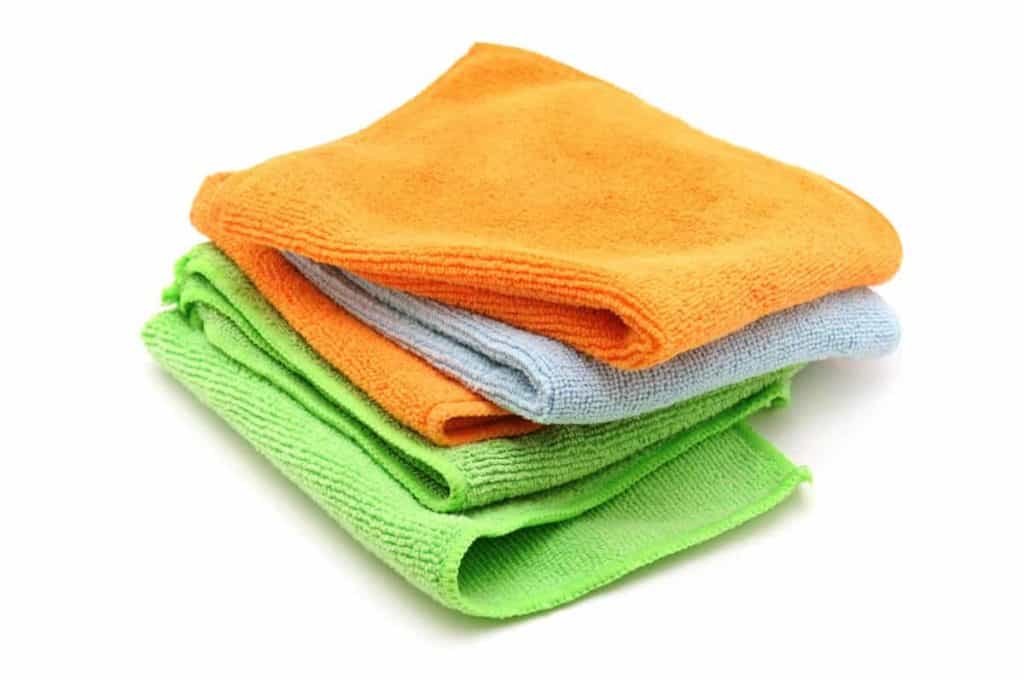
Before you get started cleaning your flat-screen
Check your manufacturer’s instructions (or their website) for best practices on how to clean a flat-screen TV. Not all TV screens are alike. If you’re lucky, your model may come with a handy cleaning cloth!
Using certain types of cleaners may void your warranty, so do your due diligence.
Steps and tips on how to clean a flat-screen TV
You’ll need several microfiber cloths to get your telly display clean and streak-free!
#1: Unplug the telly
While it may seem like a no-brainer, it’s important to unplug an electronic device, including laptops, before cleaning.
If it’s warm, allow the screen to cool to room temperature. Cleaning the TV while warm may damage it and create streaks. Besides, having a black screen without background noise helps to spot any dust and dirt particles.
#2: Do a preliminary dusting from top-down
Use a soft microfiber cloth or duster to give the entire front of the TV a quick preliminary dusting. While the screen is the main focus, you might as well dust the top of the box, which collects dust.
Remember to go gently.
#3: Work in small circles on the screen
Grab another dry and clean microfiber cloth if the first one is too dusty. Start cleaning from the top-down. Work in a small circular motion to avoid streaks.¹
Most television screens just need a quick dusting with a dry microfiber cloth to look new again.
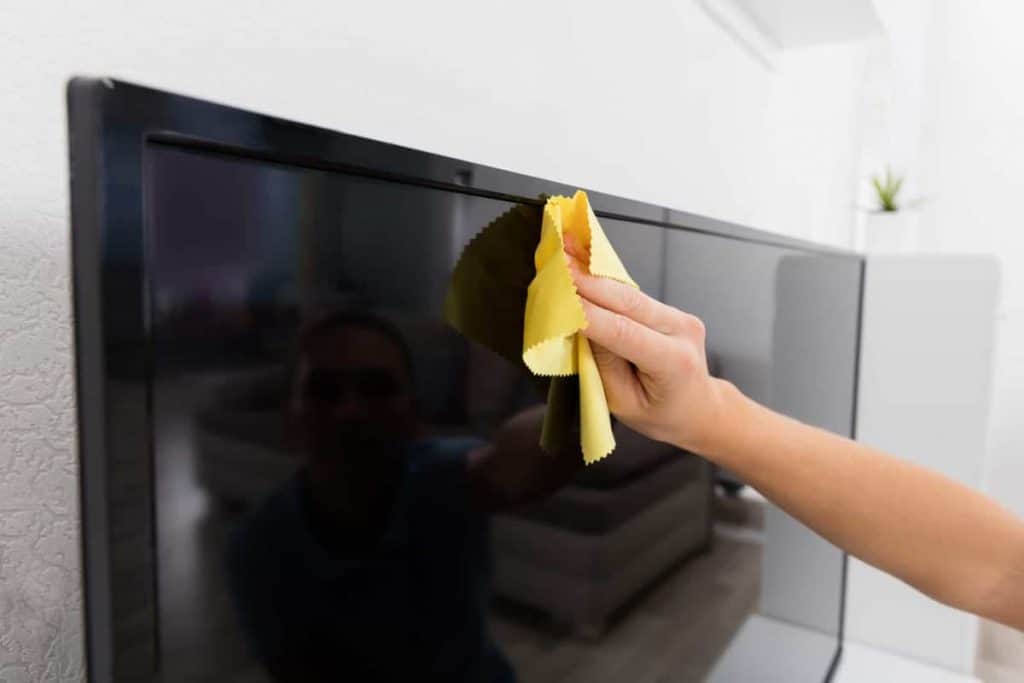
#4: Don’t forget to clean the other parts
The TV’s back vents are often an afterthought—keeping the vents dust-free also allows the components to run smoothly. Clean the frame around the TV next.
#5: Follow up by dusting the TV stand or cabinet and speakers
Once your television is looking better, don’t forget to dust off the entertainment stand or cabinet. If you have speakers, give these a polish, too.
Now, how’s your screen looking? If you still see streaks or fingerprints, proceed to the next step.
#6: Use distilled water to remove lingering streaks or fingerprints
In most cases, you won’t need anything stronger than plain distilled water to clean. Why distilled water? This water is free of any hard minerals which can interfere with a streak-free clean.
If you don’t have distilled water, filtered water will also do. Or, you can boil water and let it cool before using.
So fill a clean spray bottle with the water.
Avoid spraying anything directly onto the TV screen. Instead, spray onto a cleaning cloth first before applying. A little goes a long way—the cloth should be damp, not dripping wet.
Rub the dampened cleaning cloth to spot-clean soiled areas. Follow up drying the areas with a clean microfiber cloth.
#7: If stains persist, make a dish soap solution
Some stubborn stains might need the power of dish soap (the kind you use to handwash dishes). Make a diluted liquid soap solution by mixing just a few drops of soap with 1 quart (roughly 1 liter) of room temperature water.
Dish soap contains surfactants, which help to reduce surface tension and enable grease, oil, and food particles to more easily wash away.
Spray the solution onto the cloth (not directly onto the screen). Gently rub to remove fingerprints or other stains.
Wipe dry with a dry cloth.
Can you use electronic wipes to clean a TV screen?
While these pre-moistened wipes say they’re safe to use on electronic screens, it’s still a good idea to check the ingredients to ensure they don’t contain ammonia or other abrasive chemicals.
In my opinion, if you can use a simple microfiber cloth and a bit of water to effectively clean a screen, why bother buying another household cleaner?
What’s the difference between electronic wipes and regular baby wipes?
If you have a box of baby wet wipes handy, you might be tempted to use these to wipe your screen. Don’t do it! Using regular baby wipes will leave streaks and filmy residue on your TV.
While both are essentially pre-moistened towelettes, there’s a difference in their formulation.
Electronic wipes are mainly composed of an isopropyl alcohol base, which quickly dries without leaving streaks. Baby wipes contain moisturizers and other skin-cleansers which can leave a film behind, and can be difficult to remove.
Don’t forget to clean the telly remote
Television remotes harbor all types of bacteria and germs. The television remote is likely the dirtiest thing in your living room.
If you think about how frequently this object is touched (and often with greasy hands from salty snacks), it’s no surprise that the average remote is crawling with germs.
Luckily, it’s easy to clean and disinfect high-touch surfaces such as your remote.
When cleaning and disinfecting your remote control, you have a few options to choose from:
- Isopropyl alcohol (70 percent or higher): Rubbing alcohol (aka isopropyl alcohol) in concentrations of 70 percent or higher is effective at most bacteria, fungi, and viruses (but doesn’t kill all bacterial spores). Rubbing alcohol at 70 percent is surprisingly more effective at killing pathogens such as Covid-19 than 99 percent alcohol. It contains 30 percent distilled water.² In a spray bottle, mix 1 part alcohol to 1 part water.
- Diluted bleach solution: The Centers for Disease Control and Prevention (CDC) recommends making your own cleaning solution with household bleach. In a spray bottle, mix 4 teaspoons of bleach per quart (1 liter) of room temperature water.³
- White vinegar solution: Note that while white vinegar kills some bacteria and germs, it’s not effective against all viruses. To make a vinegar solution, mix equal parts white vinegar and distilled water in a spray bottle.
- Disinfectant wipes
- Choose one of the cleaning options above.
- Remove the batteries from the remote control.
- Brush or shake off any loose crumbs and debris.
- Using your disinfectant of choice, spray onto a clean cloth. Wipe down the exterior of the remote. A cotton swab dipped in the cleaning solution helps get into small spaces and around buttons.⁴
- Let the remote air-dry.
- Replace the batteries.
So how often should you clean your remote? According to Insider, it’s recommended you clean your remote daily. But seeing as how almost nobody will do this, aim to clean it every few days.⁴
Now that your screen and remote is good as new, on with the show! (Because everyone wants to binge-watch their favorite show from time to time!)
Related questions
Will a microfiber cloth scratch a TV screen?
No, a microfiber cloth is a great cleaning tool to pick up dust and other household debris from television screens. If your microfiber cloth is soft to the touch and doesn’t have any hard debris clinging to it, it’s good to go!
Can you use wet wipes on TV screen?
Only use wipes that are specifically designed to clean electronics screens. Other wet wipes such as baby wipes contain moisturizers and other ingredients that may permanently damage your screen’s protective coating.
Can you use Windex to clean a TV?
For modern flat-screens, it’s not a good idea to use Windex, a glass and window cleaner, to polish your television. Windex contains ammonia, a strong alkaline cleaning agent that can damage the finish of your screen.
How do you clean an old-school tube TV?
Older tube-style TV sets are not as sensitive to cleaners as newer models. The screens are made of regular glass and you can safely use regular window and glass cleaners on it.
Would you like more timeless tips via email?
Fun tips to help you live an independent, self-sustaining lifestyle. Opt-out at any time.


References
- Sony, Cleaning your TV screen and cabinet, https://www.sony.com/electronics/support/articles/00032747?utm_source=glean. Accessed June 2022.
- Mun Global, WHY 70% ISOPROPYL ALCOHOL IS A BETTER DISINFECTANT THAN 99% ISOPROPYL ALCOHOL WHEN IT COMES TO COVID-19, https://munglobal.com.au/resources/knowledge-base/pathogens/why-70-isopropyl-alcohol-is-a-better-disinfectant-than-99-isopropyl-alcohol/. Accessed June 2022.
- The U.S. Centers for Disease Control and Prevention (CDC), Cleaning and Disinfecting With Bleach and Water, https://www.cdc.gov/healthywater/hygiene/disinfecting-bleach.html. Accessed June 2022.
- Hadden, Joey (16 April 2021). “The grossest thing in your living room is your remote, and you’re probably not cleaning it nearly enough,” Insider. Accessed June 2022.

Author: Josh Tesolin
Josh is co-founder of RusticWise. When he’s not tinkering in the garden, or fixing something around the house, you can find him working on a vast array of random side projects.

